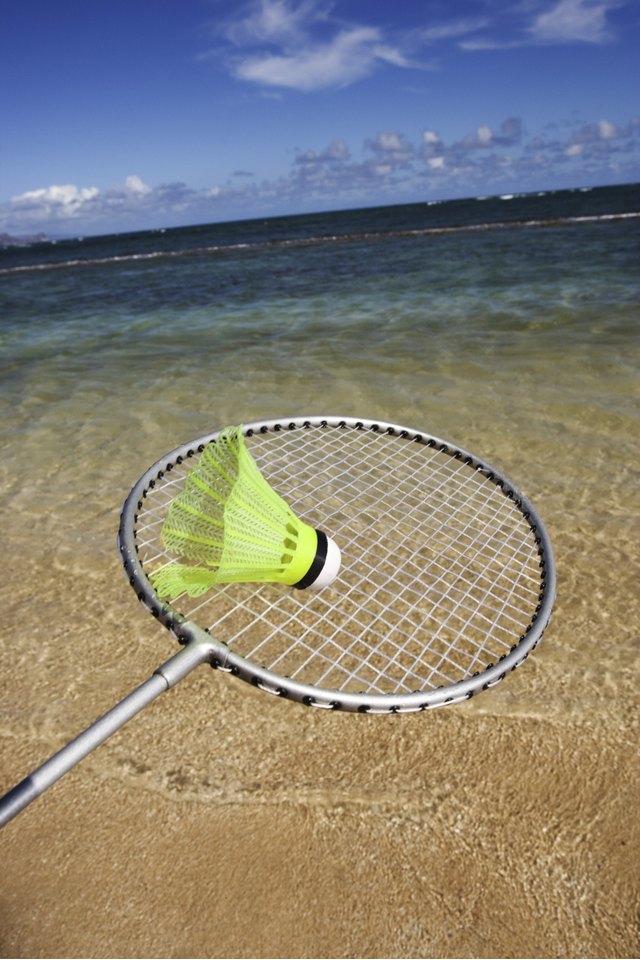Types of Serves in Badminton

There are four different types of serves that a badminton player should attempt to master in order to make her game play more diverse, keep her opponent guessing and help ensure victory. Each type of badminton serve requires different skills in order to be executed properly, so in order to become an expert at each type of serve, a player should plan to devote a lot of time to practice.
Low Serve
The low serve allows you some flexibility because you can use either forehand or backhand. Play to your strengths and use the style that you are best at. The low serve will be most effective if you allow the birdie to float just over the top of the net. This will allow the birdie to land very near to the short service line and will require your opponent to run forward and hopefully miss the play. Although this serve is used both in singles and doubles, the low serve is the most common serve used in doubles.
High Serve
When playing singles, consider using a high serve to drive the birdie deep into your opponent's court. Make sure not to use this serve too often, as your opponent will come to expect it and learn to stay near the back of his court during your service. You should refrain from using this serve during doubles as well, since the player receiving your serve will likely always stand in the back court during doubles. This serve requires a forehand underarm action and a careful follow through. Make sure you stand two to three steps behind the service line to give yourself enough room for a proper follow through and to ensure that the birdie stays in bounds.
Flick Serve
The flick serve should be used sparingly, because it can be a fairly easy serve to play if expected. Use this serve no more than once every five serves to keep your opponent guessing. Begin the serve the same way that you would when executing a low serve; however, instead of gently tapping the birdie over the net, flick your wrist quickly to bring the birdie unexpectedly into your opponent's back court. You can use this serve in either doubles or singles, but it is more commonly used in doubles.
Drive Serve
The drive serve is an extremely risky serve, but many expert badminton players enjoy it because of the high reward it can yield. Observe your opponent carefully. If you determine that your opponent has a slow reaction time, it is best to throw in the drive serve occasionally, as you are likely to get the point. The drive serve is executed using forehand underarm actions. It should be a quick serve and the birdie should go low over the net and deep into your opponent's court. Be careful and stay on your toes, because if your opponent hits your serve it will likely come back to your side very quickly.
Writer Bio
Kate Taylor is a professional writer based in Lafayette, Ind. She has served as an online copywriter in areas such as pet care, education and landscaping. Taylor is working toward her M.B.A. at Loyola University Chicago.
